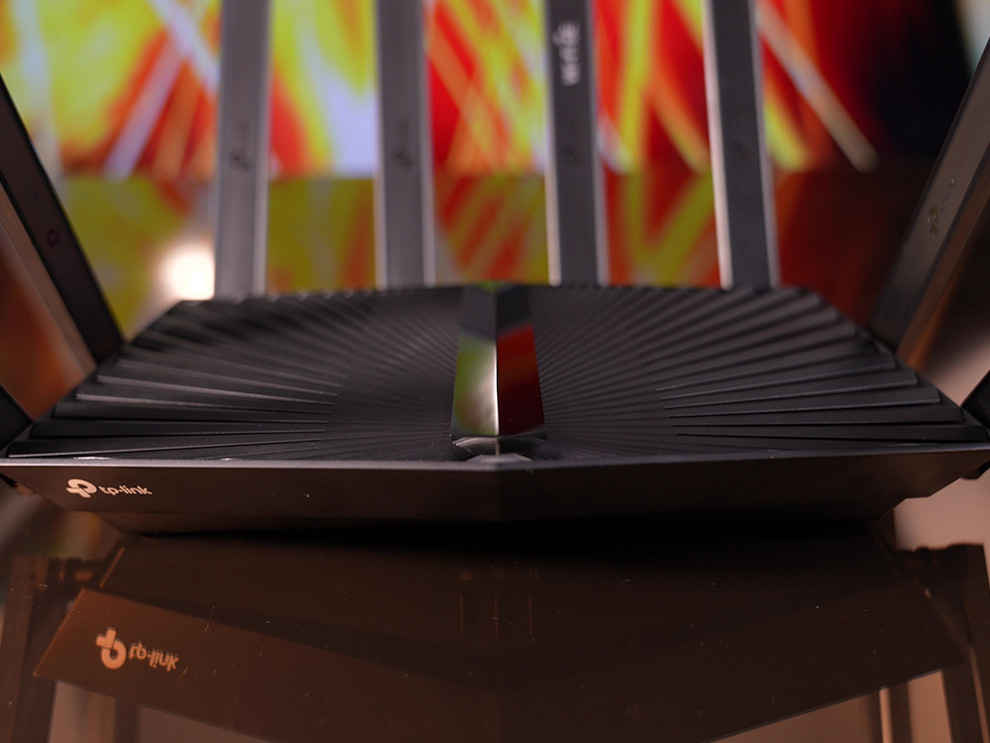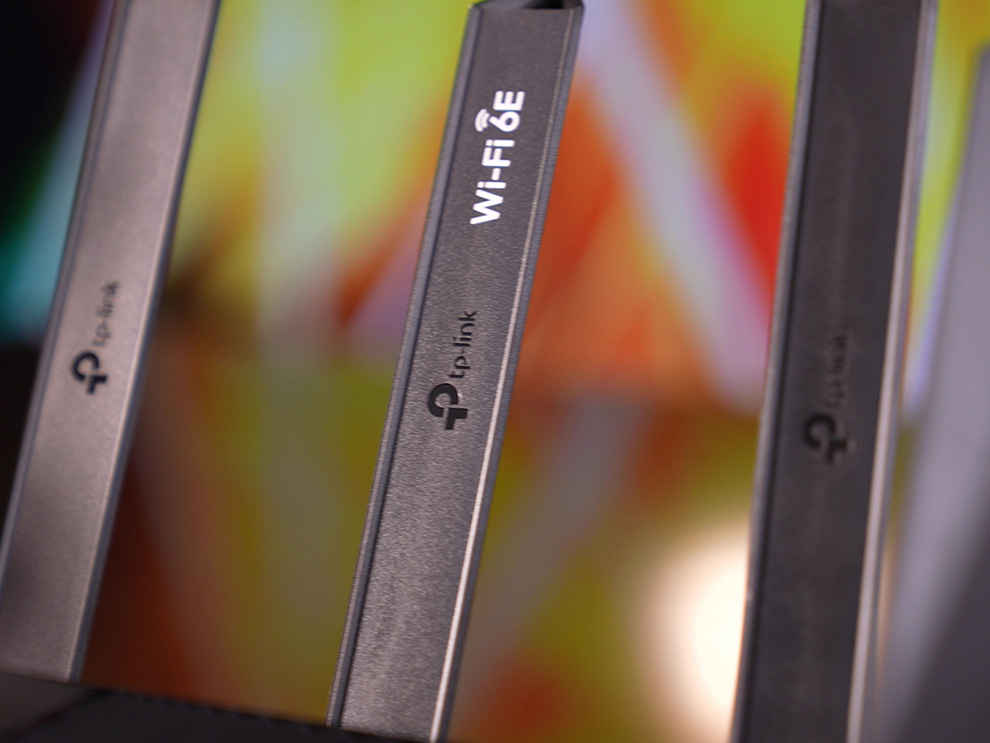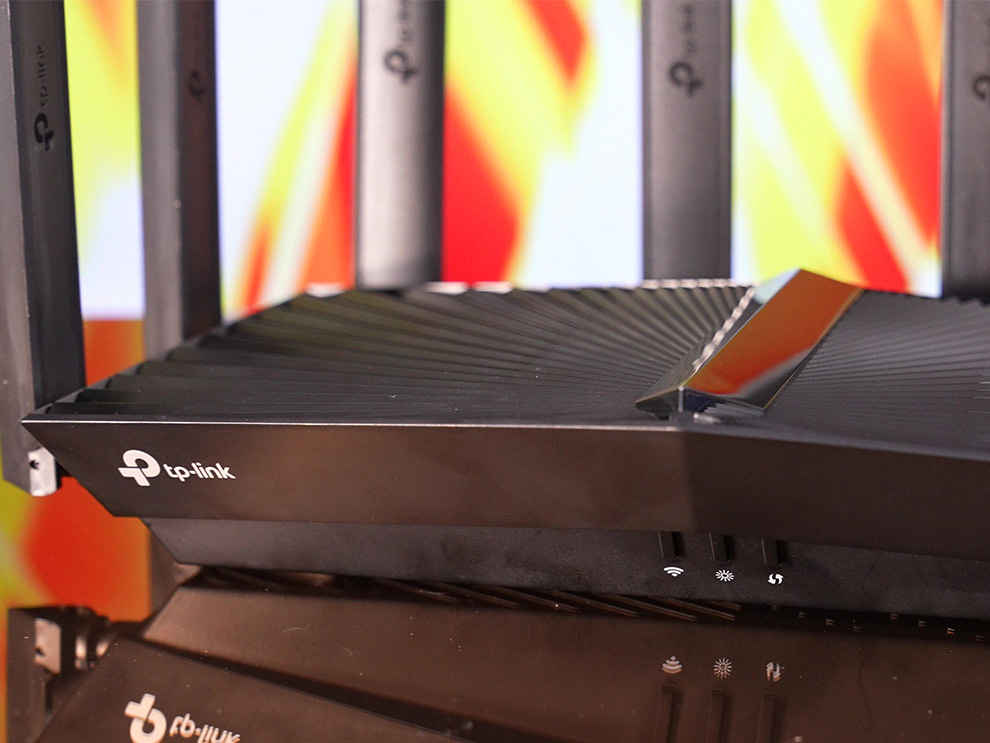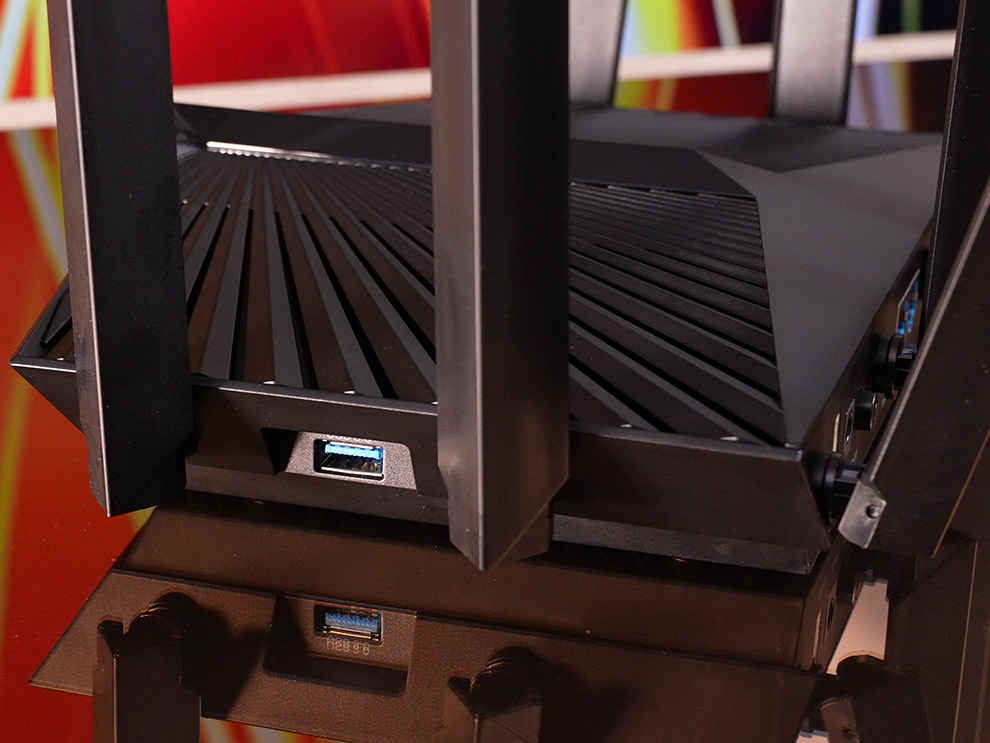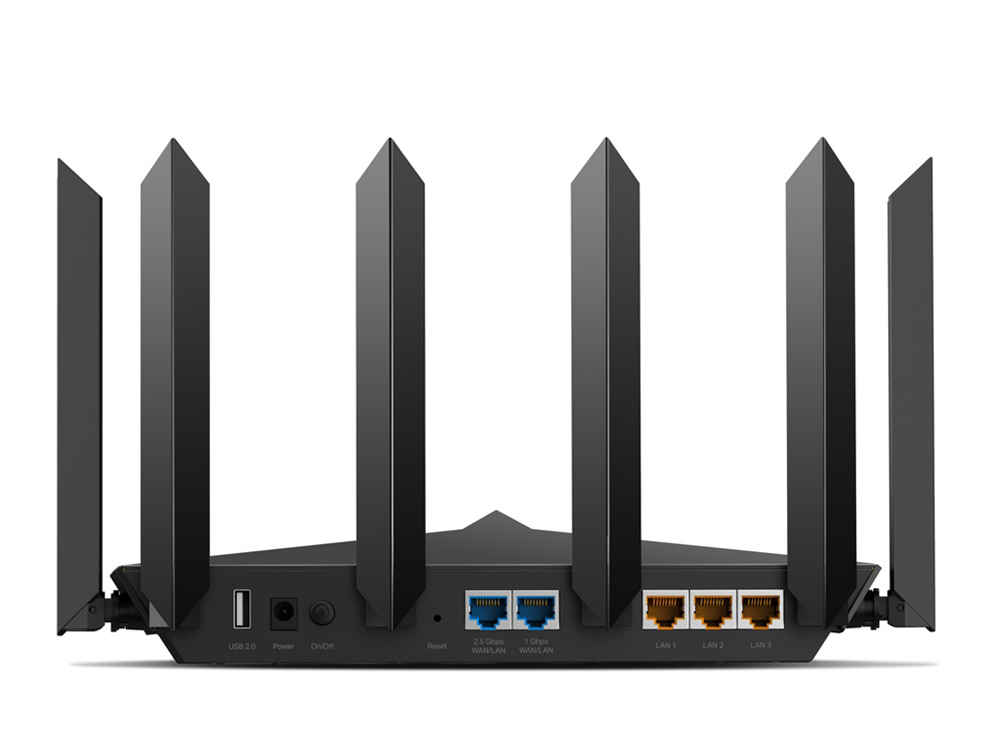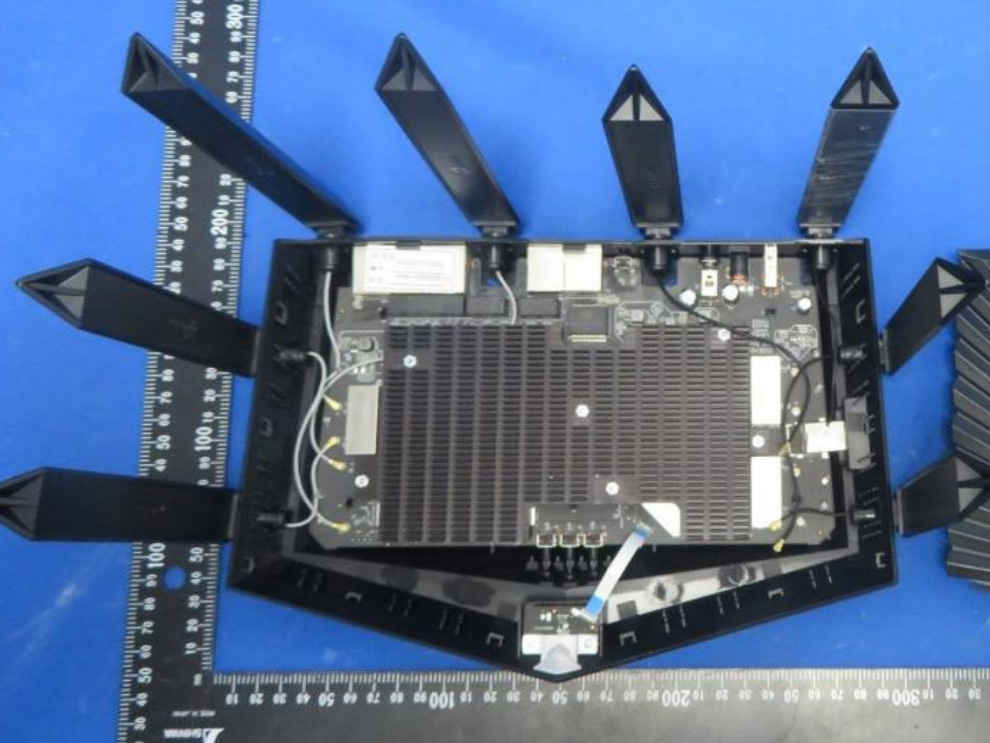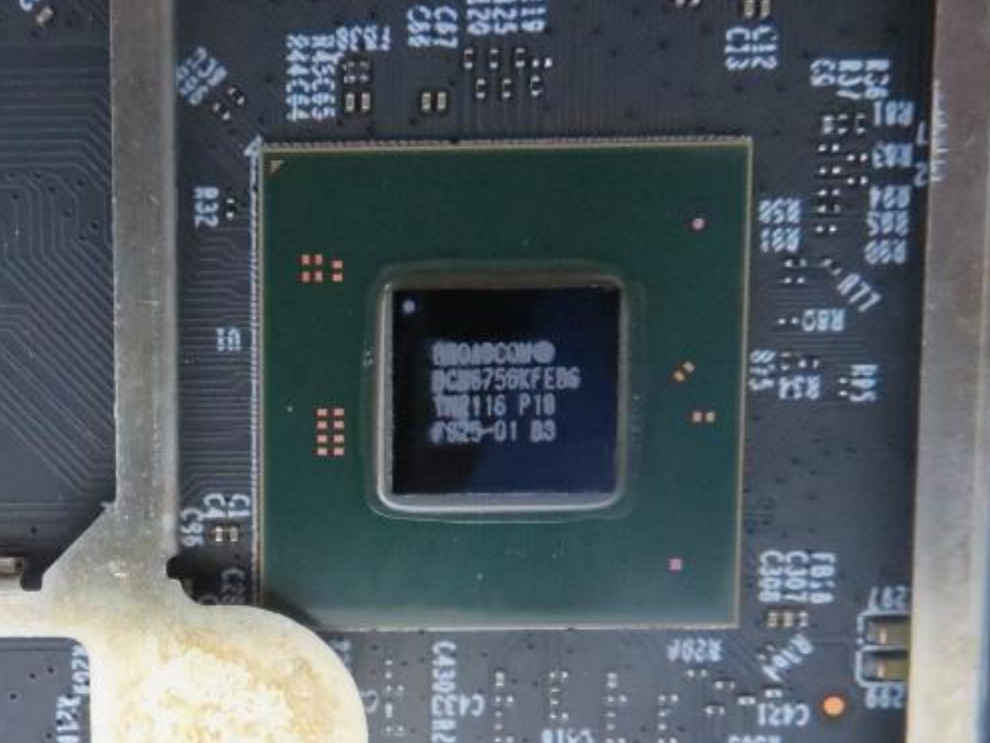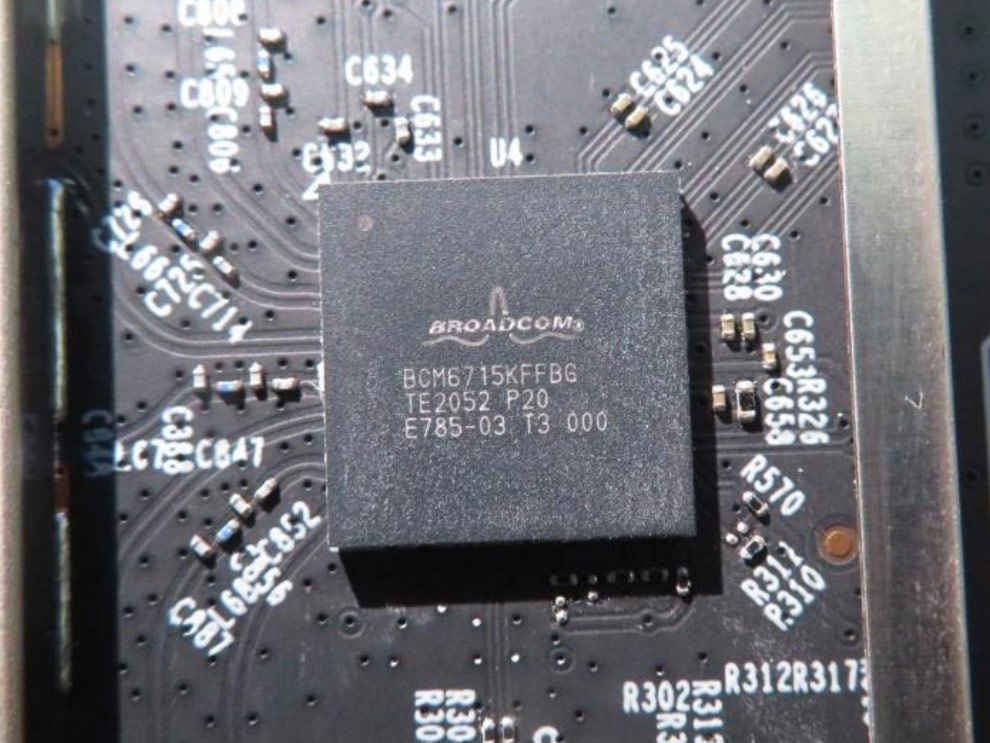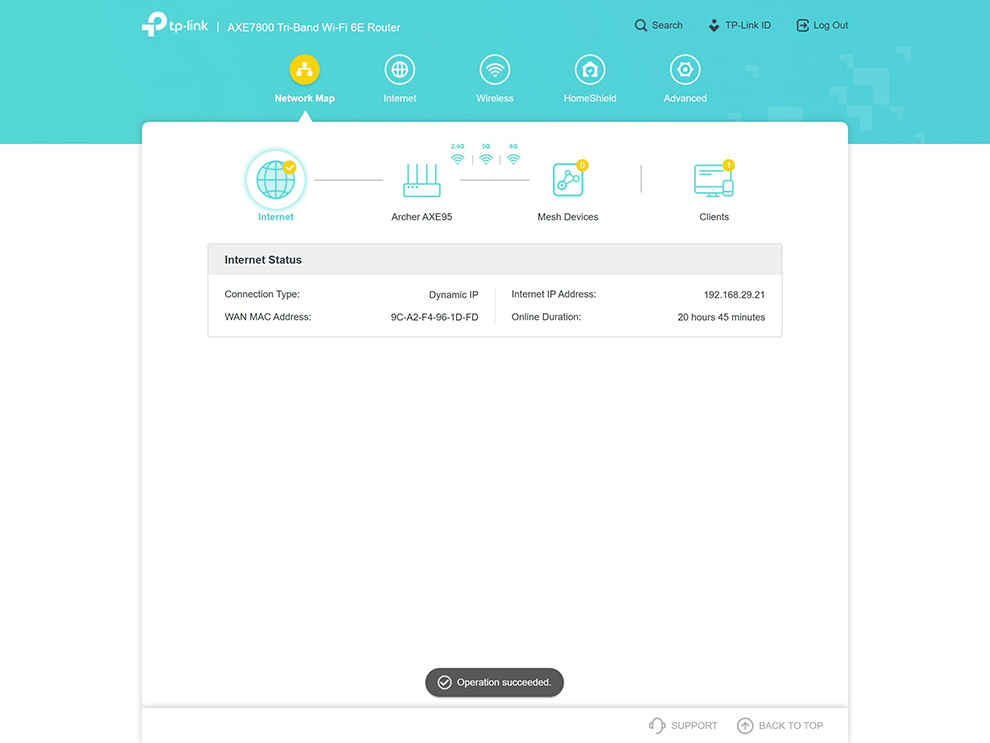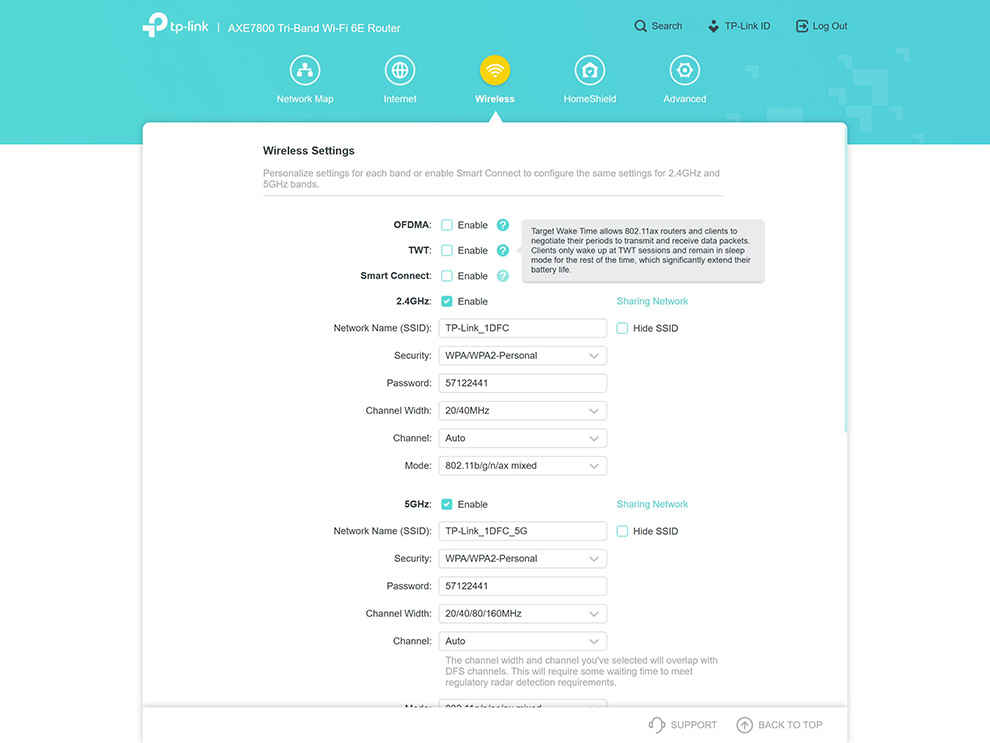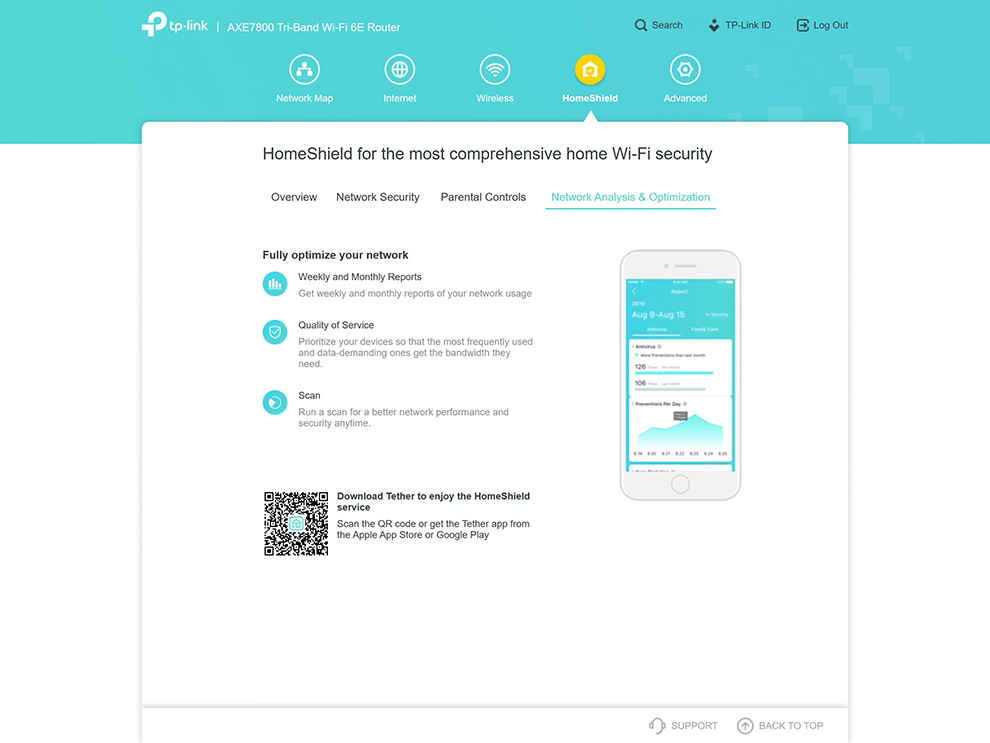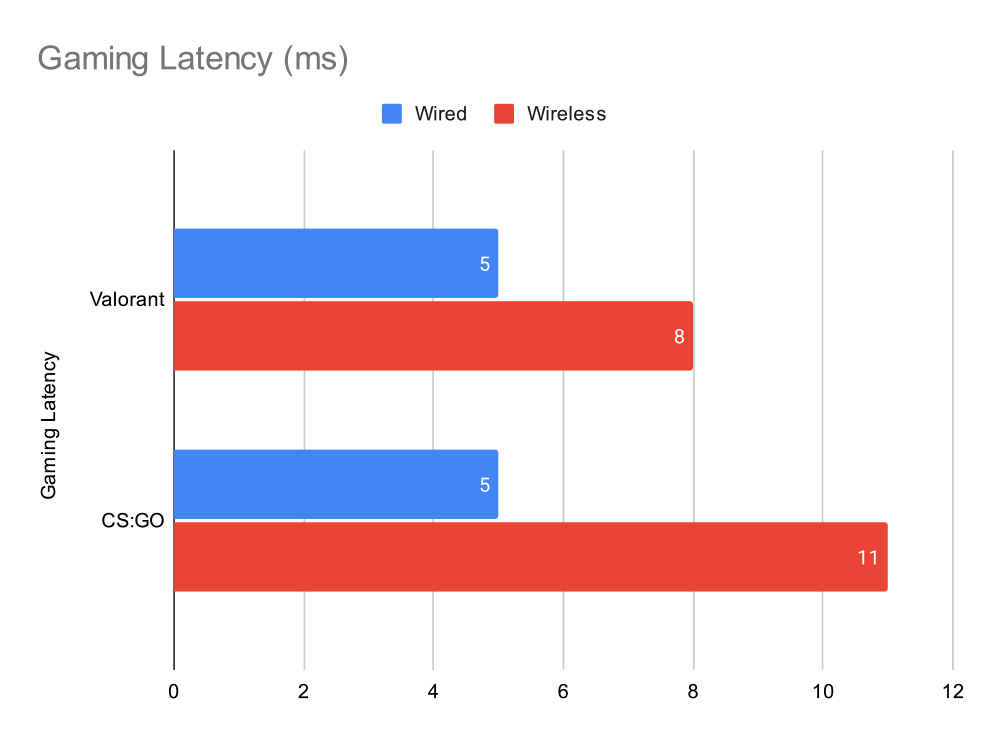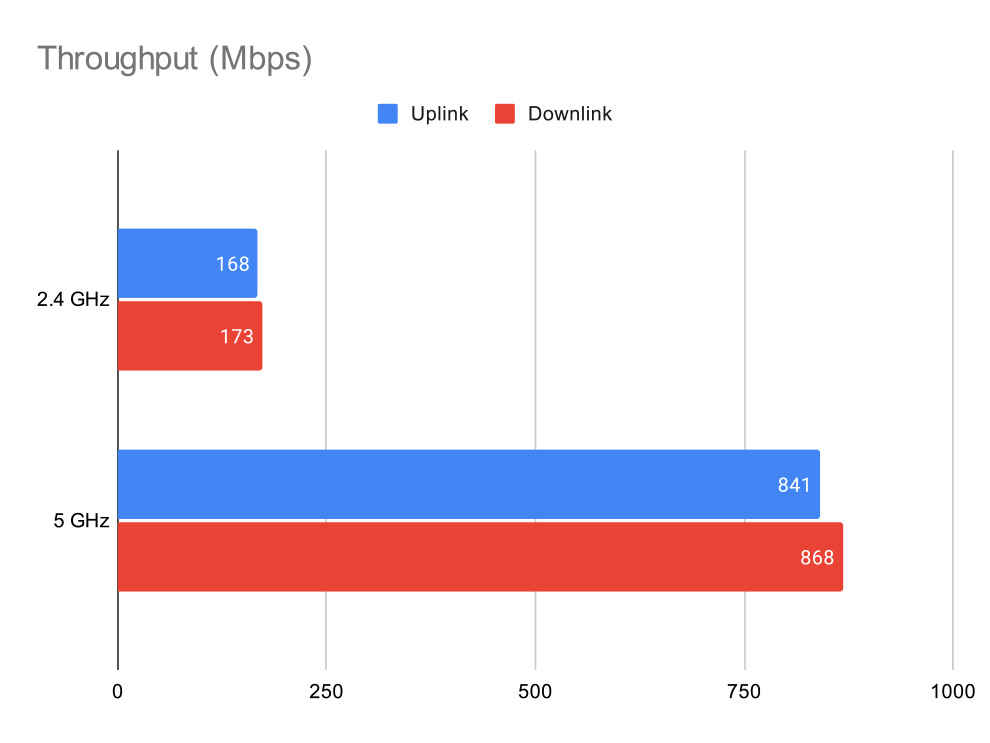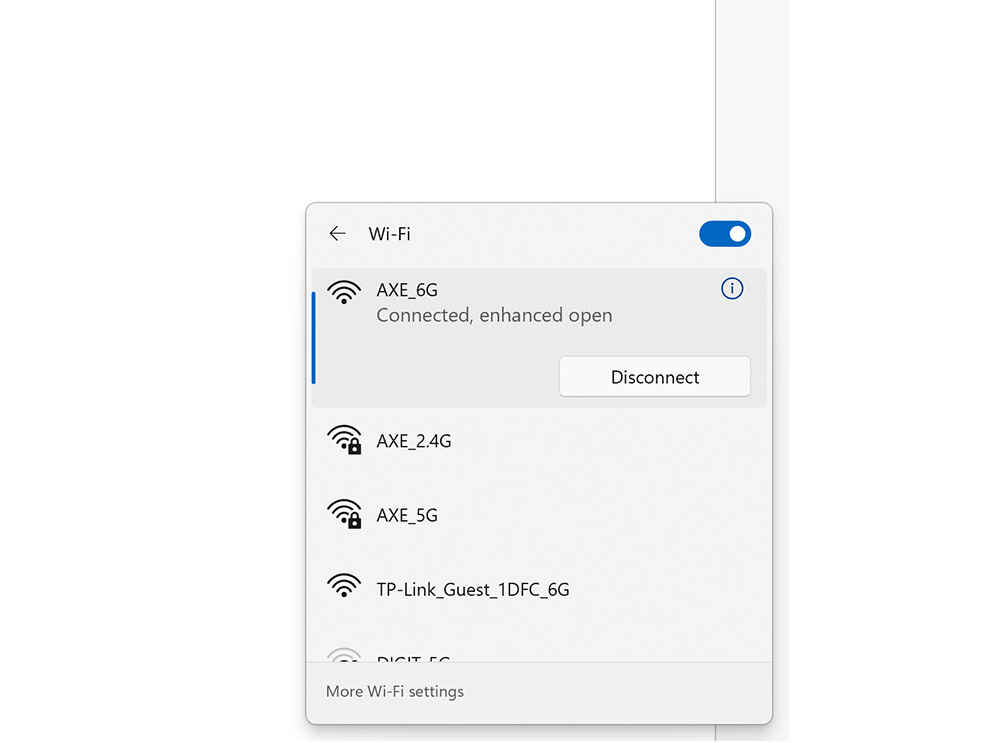TP-Link Archer AXE95 AXE7800 Tri-Band Wi-Fi 6E Router Review : Say hello to a whole new band
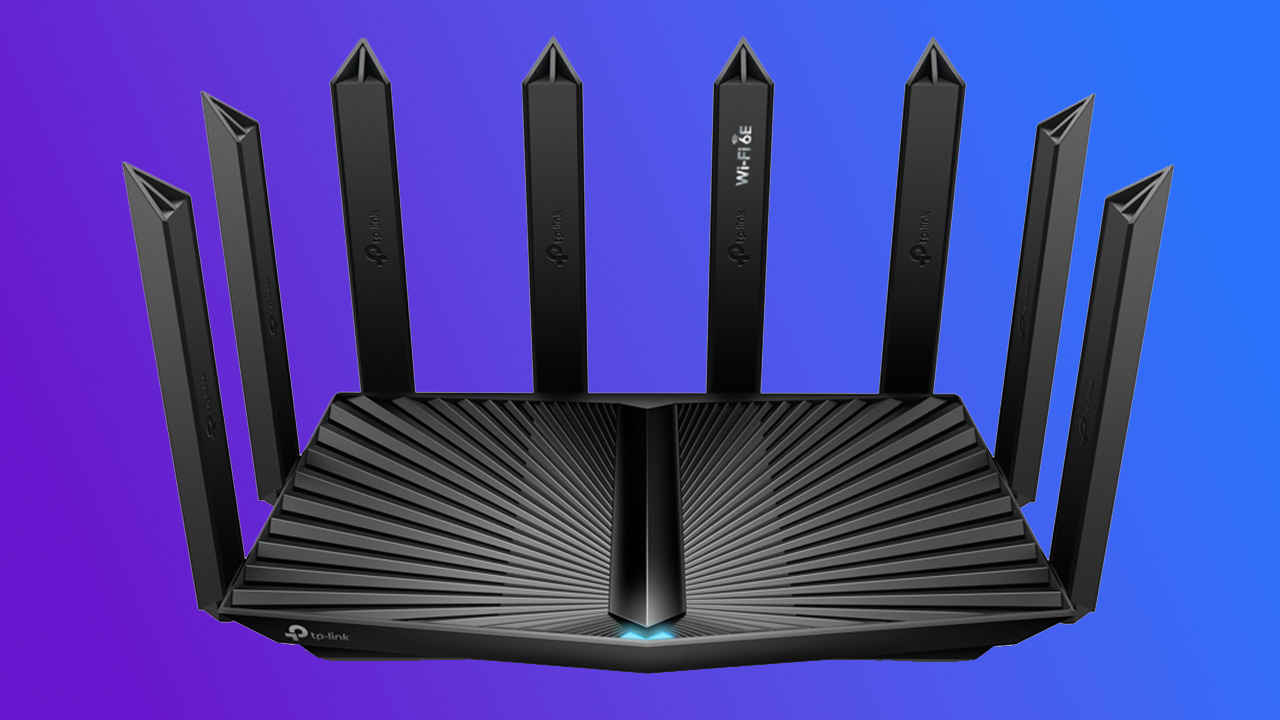
Overall, we like the TP-Link ARCHER AXE95 router. It’s well-built, and easy to use, and the new 6 GHz band means that you can enjoy uncongested Wi-Fi. The only problem is that there are very few devices available in India that can actually take advantage of the latest Wi-Fi technology. The AXE95 is priced at 18,999 on Amazon which is quite decent considering that flagship routers in the past used to retail for more than 25K at launch. Then again, there’s a little tradeoff here between the available features. So, if you’re in the market for a new router, the TP-Link ARCHER AXE95 is definitely worth considering. Hopefully, sooner than later, the 6 GHz band should open up and allow you to make the most of your router.
The TP-Link Archer AXE95 is one of the few Wi-Fi 6E routers that you can buy in the market right now. And if you’re looking to upgrade your old Wi-Fi router, then this is a flagship-level router that isn’t extremely pricey. Wi-Fi 6E introduces a whole new 6 GHz band which means that the same benefits that you’d experienced by the introduction of the 5 GHz band can be felt again. The standard is very fresh but there are plenty of consumer-grade devices which do support 6E. However, the 6 GHz spectrum is protected in a lot of countries and devices have software blocks preventing access to the 6 GHz band. You can read all about the legal status of the 6E band in different countries around the world in this blog post. With that out of the way, here’s our review.
Packaging
Let’s start by taking a look at everything that comes in the box. It’s a pretty huge box and the first thing upon opening is a much smaller accessory package. Inside, we’ve got an Ethernet cable, a power adapter, some documentation regarding regulations, and the user manual. Then there’s the router – The TP-Link Archer AXE 95.
Build Quality
Coming to the build quality of the AXE95. The router has a sleek and modern design with a lot of straight sharp raised edges converging at the centre. Also in the centre, is a glossy black strip that points to the LED indicator at the front.
The router has a total of eight antennas that can be adjusted to ensure optimal signal strength and range. It’s made of sturdy high-quality plastic and feels solid and well-built.
Under the front face, there are three easily accessible buttons for toggling the Wi-Fi, the LED indicator and the third button is for WPS.
The left face is plain whereas the right face has a USB 3 port for connecting a shared storage device.
The rear I/O panel comes with a USB 2.0 port, power socket and button, and reset pinhole followed by all the RJ45 sockets. You’ve got multiple WAN ports on the AXE95 with one being 2.5 G and the other being 1G. All the LAN ports are 1G.
On the inside, we see a massive heatsink covering the length of the PCB.
Image: FCC
At the heart of AXE95 is the Broadcom BCM6756. It’s a 1.7 GHz quad-core SoC with Cortex A7 cores. It supports dual 2X2 radios and the AXE95 is configured to use this chip for the 2.4 GHz and 6 GHz bands.
Image: FCC
For the 5 GHz band, it uses a BCM6715 which is a platform that supports 4 spatial streams.
Image: FCC
And the way the antennae are configured, we get 2x antennae for the 2.4 GHz and 6 GHz bands and 4x antennae for the 5 GHz band. Again, the hardware powering the AXE95 is pretty much top-of-the-line.
User Interface
Moving to the user interface of the TP-Link ARCHER AXE95. The industry has moved to making things a lot more simple and easy to use. And the same is the case here.
The interface provides access to all the router’s features, including network settings, security, and parental controls.
You can also monitor your network’s status along with all your connected devices. For folks who are more comfortable using an app to configure devices, TP-Link does have the Tether app which is available on Android and iOS. And it does a pretty good job of giving you access to most of the router’s features.
And if you’re like the geeks at Digit who like to get their hands dirty with the advanced settings, then the full gamut of network settings can be accessed via the web interface.
Performance
Now, let’s talk about the most important aspect of the TP-Link ARCHER AXE95 – its wireless performance. The router supports the latest Wi-Fi 6E standard, which offers a whole new 6 GHz wireless band. The router can deliver speeds of up to 2402 Mbps on the 6GHz band, making it great for streaming 4K videos, and other bandwidth-intensive activities. Since it’s not congested as the 2.4 GHz and 5 GHz bands, it might even be good for online gaming. The downside of the 6GHz band is that it penetrates much less than the 5 GHz or the 2.4 GHz bands. So if you have a line of sight, then you should have the best experience. However, if you’re in an environment with a lot of thick walls, then you’ll have difficulties with the 6 GHz band.
We tested the TP-Link ARCHER AXE95 in a mid-sized office with multiple walls and obstacles. On the 2.4 GHz and 5 GHz bands. the router was able to provide stable and fast internet connectivity to all our devices, including smartphones, laptops, and PCs. We didn’t experience any dropouts or buffering issues, even when streaming 4K videos or playing online games.
Switching to the 6 GHz band was an entirely different story. It was simply not visible to a lot of devices. We used flagship smartphones such as the Samsung Galaxy S23 Ultra, the vanilla S23, the Pixel 7, and a few others with the latest Snapdragon 8 Gen1 SoCs, and none of them could spot the 6 GHz band. Even laptops with the Intel AX210 and AX211 Wi-Fi modules could not spot the 6 GHz band.
We finally managed to connect using a motherboard. Specifically, this was the ASUS ROG CROSSHAIR X670E HERO which comes with the AX210 Wi-Fi module. So the 6 GHz band is yet to be widely supported by a lot of flagship devices that exist in the market. The 6 GHz spectrum has not been released for public use by the Indian Government and that is where most of the troubles lie. Once released, you should see software updates for a lot of the aforementioned devices opening up support for the 6 GHz band.
Verdict
Overall, we like the TP-Link ARCHER AXE95 router. It’s well-built, and easy to use, and the new 6 GHz band means that you can enjoy uncongested Wi-Fi. The only problem is that there are very few devices available in India that can actually take advantage of the latest Wi-Fi technology. The AXE95 is priced at 18,999 on Amazon which is quite decent considering that flagship routers in the past used to retail for more than 25K at launch. Then again, there’s a little tradeoff here between the available features. So, if you’re in the market for a new router, the TP-Link ARCHER AXE95 is definitely worth considering. Hopefully, sooner than later, the 6 GHz band should open up and allow you to make the most of your router.
Mithun Mohandas
Mithun Mohandas is an Indian technology journalist with 14 years of experience covering consumer technology. He is currently employed at Digit in the capacity of a Managing Editor. Mithun has a background in Computer Engineering and was an active member of the IEEE during his college days. He has a penchant for digging deep into unravelling what makes a device tick. If there's a transistor in it, Mithun's probably going to rip it apart till he finds it. At Digit, he covers processors, graphics cards, storage media, displays and networking devices aside from anything developer related. As an avid PC gamer, he prefers RTS and FPS titles, and can be quite competitive in a race to the finish line. He only gets consoles for the exclusives. He can be seen playing Valorant, World of Tanks, HITMAN and the occasional Age of Empires or being the voice behind hundreds of Digit videos. View Full Profile


